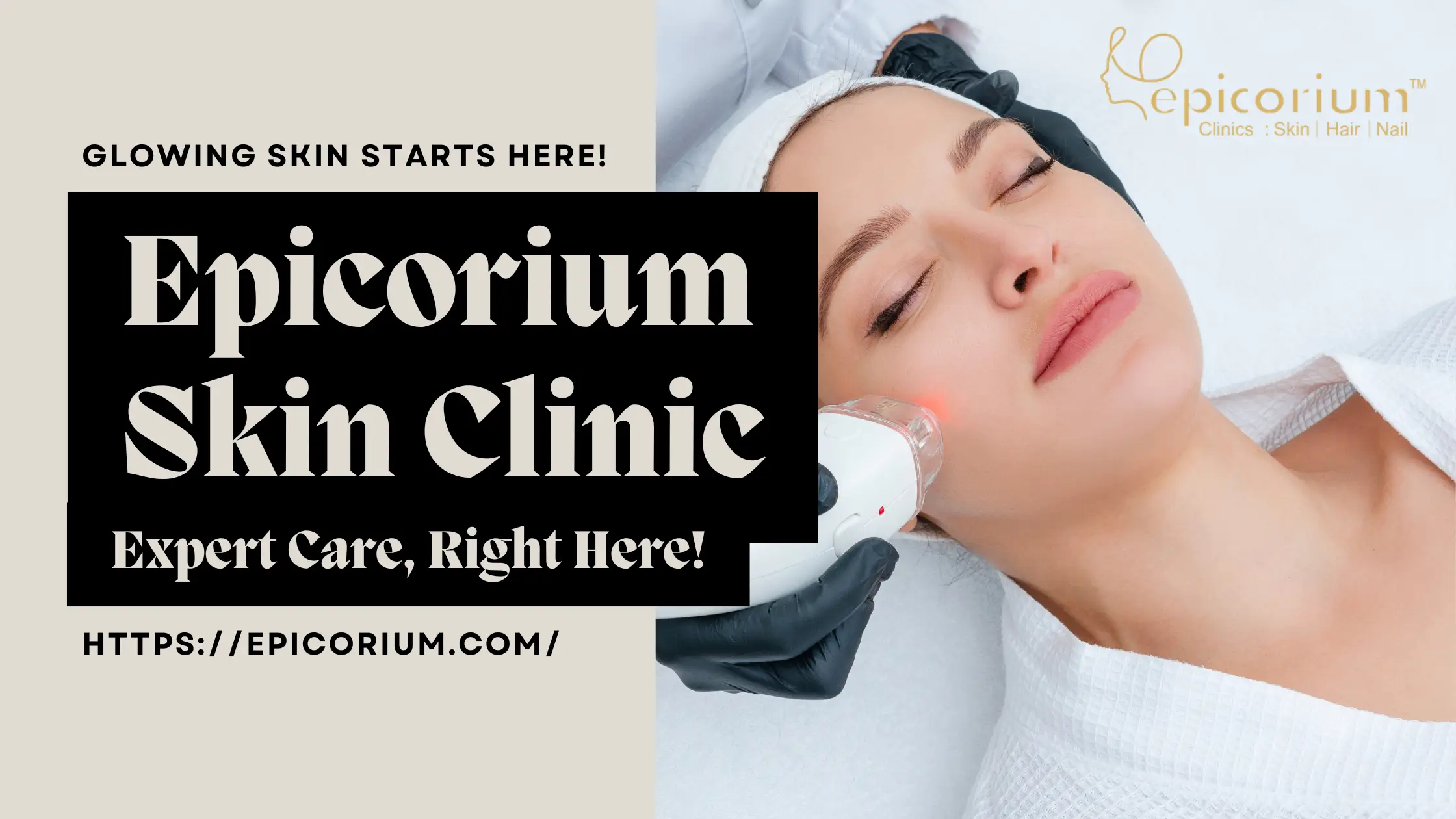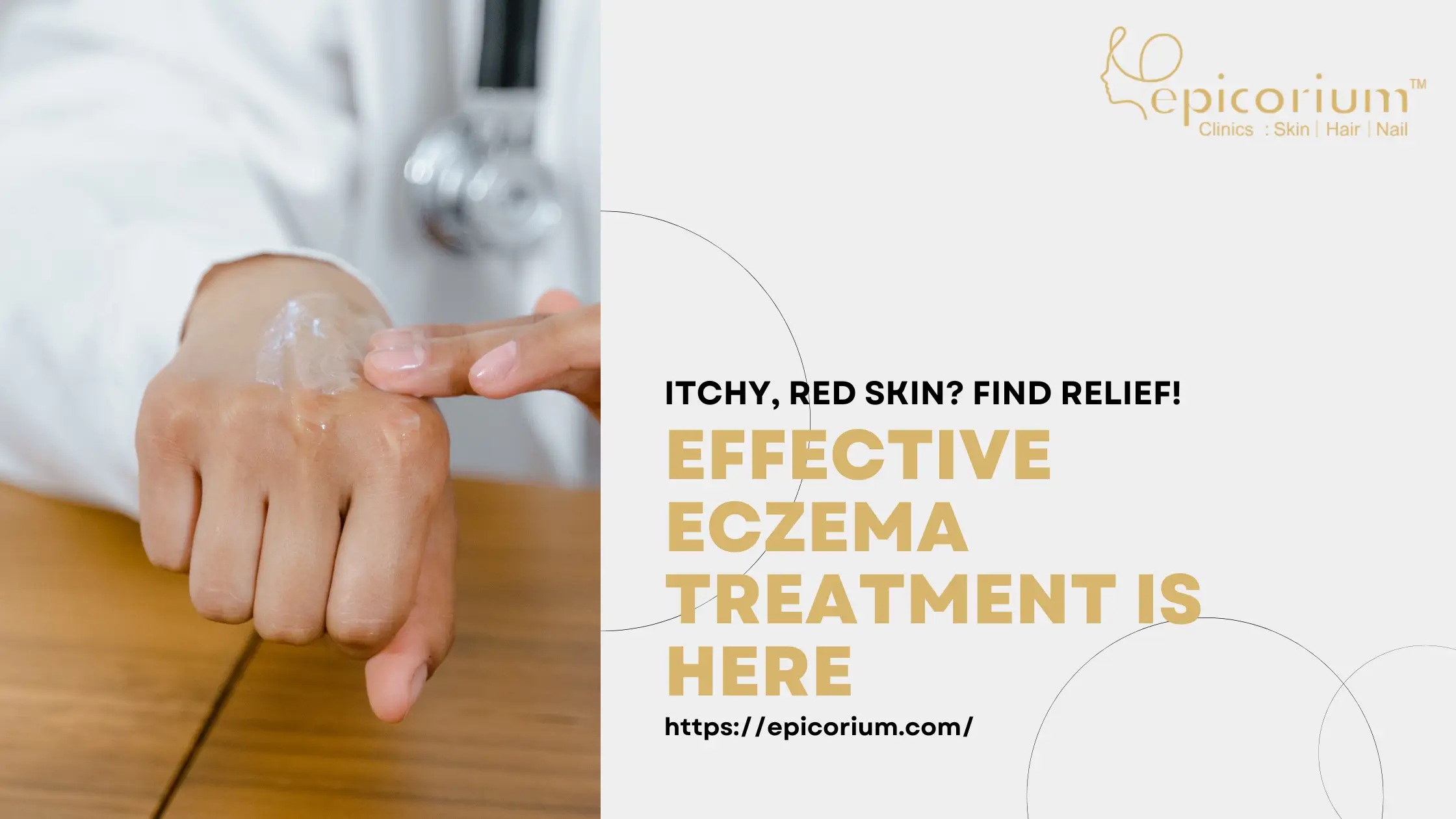
Ear & Nose Piercing
In India, nose and ear piercings have historically been done by jewellers. The surgery can occasionally result in issues including discomfort and infection.
Body tissue is punctured during body piercings so that jewellery can be implanted. Men, women, and kids of all ages enjoy getting piercings, but it’s crucial to understand that intrusive body art can have negative health effects.
Read MoreEar & Nose Piercing
In India, nose and ear piercings have historically been done by jewellers. The surgery can occasionally result in issues including discomfort and infection.
Body tissue is punctured during body piercings so that jewellery can be implanted. Men, women, and kids of all ages enjoy getting piercings, but it’s crucial to understand that intrusive body art can have negative health effects.
The earlobe is one of the most frequently pierced body parts. The majority of dermatologists concur that while all piercings have certain hazards, ear piercings are often safer than piercings done on other regions of the body. Gauge earrings, on the other hand, carry a higher danger since they stretch the ear by inserting progressively larger gauges or plugs.
Gauging can split the ear lobe and leave serious scarring if it is done too soon. If you opt to take off the jewellery, large gauge openings won’t regenerate either. Plastic surgery or skin-colored plugs are the sole alternatives for masking the hole.
Since deeper tissue or cartilage is frequently affected, infections that come from piercings of the eyebrow, nose, naval, tongue, lip, nipple, and external genitalia can cause more severe consequences.
Any instrument that penetrates the skin has a risk of infection, and piercing-related illnesses are frequent. Topical drugs used directly to the infected skin close to the body piercing are typically effective in treating these infections. Rarely, they can be harmful; reports have connected body piercing to hepatitis B and C, tetanus, HIV, staphylococcus aureus, and even tuberculosis.
Long-lasting bleeding, scarring, inflammation, an abscess at the piercing site, the formation of granulomas, an allergic reaction to the jewellery, and nerve damage are additional risks associated with body piercing.
Body piercings come with a possibility of complications, thus it’s crucial to:
- All piercings should be done by a professional. Never allow a friend to puncture you or yourself.
- Use only a licenced piercing establishment that adheres to all health regulations and safety guidelines.
- Achieve thorough cleaning and sterilisation of all equipment between each client.
- Use a piercing gun exclusively on earlobes and a sterile, hollow needle on all other body areas to prevent crushing harm to delicate tissue.
- Consult your dermatologist for suggestions on where to go for a secure piercing. Make an appointment with a dermatologist office if you have issues from body piercings so that you can receive the right care.
Factors to keep in mind before Piercing:
The Pain
There is some discomfort and some pain with every piercing. The discomfort is negligible when a professional does a piercing, though.
The discomfort was frequently compared to the discomfort of getting one’s ears pierced or having one’s eyebrows waxed. The actual pain is a combination of little pressure and sharpness, although it passes quite quickly. It might be less painful to arrive empty-handed or after consuming a lot of caffeine, though. Additionally, it’s preferable to refrain from consuming any alcohol prior.
Keep your cool, take a deep breath, and pay attention to what the piercer says.
The ornaments
Any jewellery produced from one of the following metals is appropriate for a first piercing:
- Steel implant-grade
- Implant-grade titanium, niobium, and platinum in 14 or 18 carat gold
- Be wary of ambiguous terminology like “surgical steel,” which isn’t the same as steel suitable for use in implants. Although the lesser price may be alluring, getting a new piercing requires investment. Make sure to spend money on dependable, secure supplies.
Regarding replacing your initial jewellery, there is no conclusive solution.
However, at a specific point in the healing process, typically between four and eight weeks, piercers typically advise their customers to schedule a consultation appointment.
You can typically change out your jewellery at this time, depending on how things appear.
The consultation
If you want to choose a piercer you like, he or she should operate out of a piercing studio, not a house or other place.
Additionally, pick a person who you are at ease sharing queries or worries with.
To obtain a sense of the piercer’s abilities and jewellery options, you could also have a look at online portfolios and social media posts.
The proper licences and permissions should be prominently displayed at a good piercing establishment. If licences are necessary in your region, your piercer must also be licenced.
Instead of a piercing gun, a needle is typically used for body piercings. The power of piercing guns is insufficient for effective piercing.
The recovery procedure
Depending on the type of piercing, healing time frames change:
- It takes 4 to 6 months to heal a nose ring.
- Septum piercings require two to three months.
- It takes 6 to 12 months to heal a high nostril piercing.
- Remember that these are merely broad estimations. Your actual recovery period could be either shorter or longer.
If the piercing studio has provided you with cleaning instructions, heed them. If not, the following general advice is provided:
- Hands should always be washed before contact.
- At least twice a day, rinse the area with saline solution and clean gauze or paper towels.
- You’ll find instructions that advise using soap. If you must use soap, make sure to thoroughly cleanse the piercing site and remove all soap residue.
- Finally, use a clean, soft paper towel or gauze pad to pat the area dry.
Avoiding any actions that could damage the ring or stud. Fast-paced contact sports are therefore most likely out of the question for at least a month.
Troubleshooting
The risk of infection is one of the main dangers associated with obtaining a piercing. Your risk can be reduced with proper treatment.
However, it’s still critical to understand how to spot infection just in case. If you see any of the following symptoms in your nose:
- A touchable red heat
- Scorching or itching
- These might also be signs of a healthy healing process. But if they don’t develop until 5 to 10 days following the piercing, then, in Warren’s opinion, these symptoms are more likely caused by an infection.
Get in touch with your healthcare professional right away if you start to have any other symptoms, such as fever or nausea.
You won’t have to worry about your nose and ear piercing when Epicure is on your side. We work with the top medical professionals to provide you with the best care at the most reasonable cost!
FAQs
Wait at least six months. Nostril piercings are not very forgiving if you try to change the jewelry too soon. Not waiting long enough could result in irritation, a tear to the piercing channel, scarring, an increased risk of infection, or difficulty reinserting the jewelry. Make sure you get pierced with jewelry you like and wait until it's fully healed to change it.
The location of your nostril piercing will depend upon the size and shape of your nose as well as the location of the crease of your nostril—the thinnest part of your cartilage and traditional location for the piercing. To find your nostril crease, look in the mirror and flare your nostrils; the natural line that forms is your nostril crease. Almost anywhere along that line will work, though most people will have one particular spot that most flatters their facial features most.
You’ll have some pain when your nose is pierced. You may have some blood, swelling, tenderness, or bruising at first. It may be sore, tender, and red for up to 3 weeks.
Pierced nostrils heal completely in about 2 to 4 months. A pierced septum heals in about 3 to 4 months.



